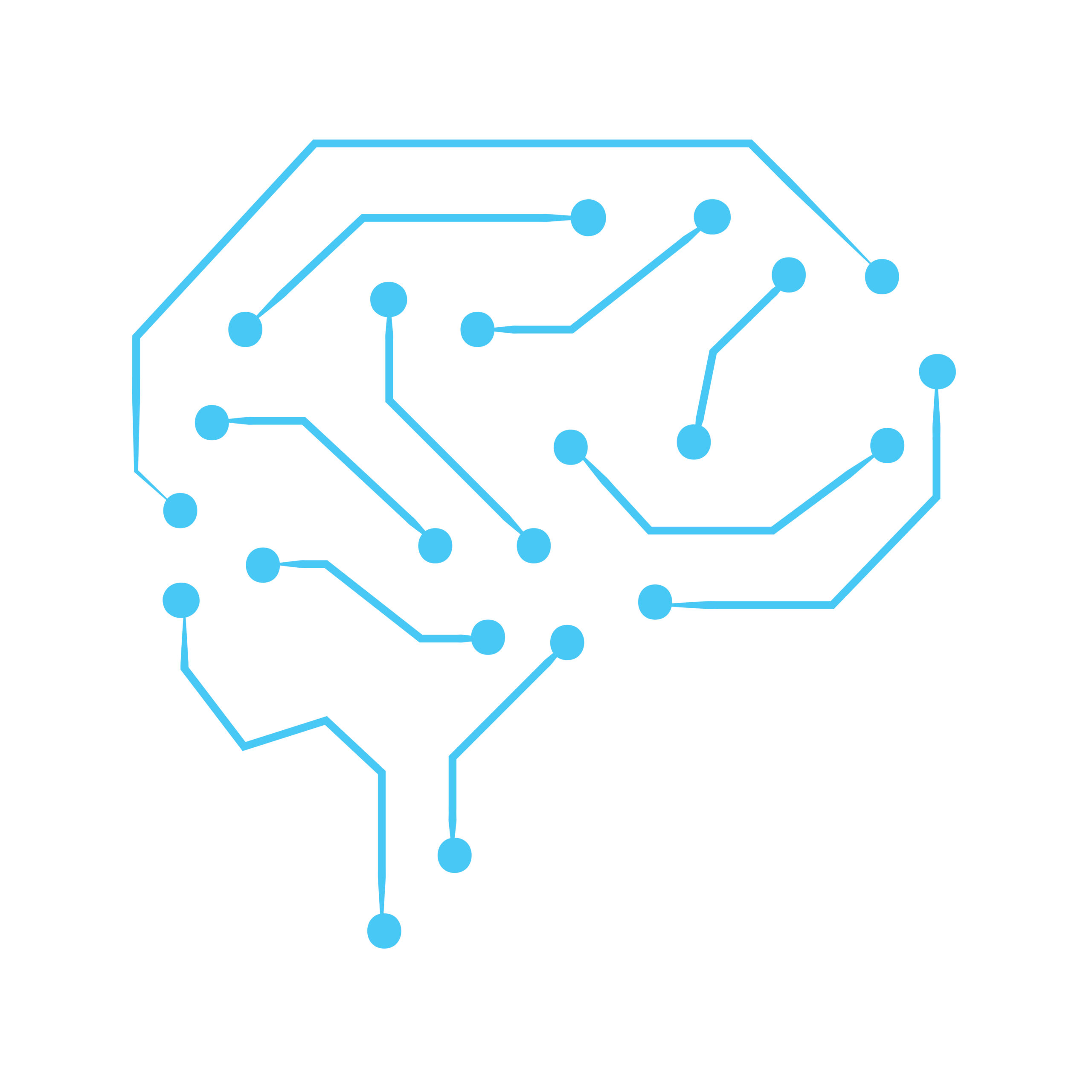Introduction: The growing cybersecurity challenge
In today’s digital-first world, businesses are more connected than ever. From cloud computing to online transactions and remote work, technology has unlocked incredible opportunities—but it has also opened the door to unprecedented cybersecurity threats.
Cybercriminals are becoming more sophisticated, using AI-driven attacks, phishing scams, and ransomware to exploit vulnerabilities. Traditional cybersecurity methods, while still important, are struggling to keep up with the evolving landscape. This is where AI steps in.
Artificial Intelligence (AI) is transforming cybersecurity by enabling businesses to detect threats faster, respond in real-time, and predict vulnerabilities before they are exploited. But how exactly does AI protect businesses from cyber threats? Let’s explore how AI is reshaping the future of cybersecurity.
Understanding the modern cyber threat landscape
Cyber threats are no longer limited to simple viruses or malware. Attackers now use complex, AI-powered techniques to infiltrate businesses, steal data, and disrupt operations.
The most common cyber threats businesses face:
🔹 Phishing attacks: Cybercriminals trick employees into revealing sensitive information via fake emails or websites.
🔹 Ransomware: Hackers encrypt company data and demand a ransom for its release.
🔹 Data breaches: Unauthorized access to customer and company data, leading to identity theft or financial loss.
🔹 Insider threats: Employees (intentional or unintentional) who compromise security by mishandling data.
🔹 AI-powered attacks: Hackers now use AI to automate and personalize attacks, making them harder to detect.
Example:
In 2021, a major ransomware attack shut down the operations of Colonial Pipeline, a critical fuel supplier in the U.S., causing fuel shortages and panic. AI-powered cybersecurity tools could have detected and responded to the attack before it escalated.
How AI enhances cybersecurity: The game-changing benefits
A. Real-time threat detection and response
Traditional cybersecurity relies on rule-based systems, meaning threats must be identified manually before action is taken. AI, on the other hand, works in real time.
- AI monitors networks 24/7 and instantly detects unusual activity.

- It recognizes patterns in normal user behavior and flags anything suspicious.
- AI-powered security tools react instantly to threats, stopping attacks before they cause harm.
Example:
A finance company uses AI-powered intrusion detection systems to monitor their servers. The system detects an unauthorized login attempt from a foreign IP address at 3 AM—AI instantly blocks access and alerts security teams before data is compromised.
AI-driven predictive analysis: Stopping attacks before they happen
Wouldn’t it be great if cybersecurity tools could predict attacks before they happen? AI makes this possible with predictive threat intelligence.
- AI analyzes millions of cyberattacks globally, learning from patterns.
- It identifies vulnerabilities in a company’s system before hackers can exploit them.
- AI-powered risk assessments help businesses strengthen their defenses proactively.
Example:
An e-commerce business uses AI-driven cybersecurity software that predicts potential weak points in their payment system before cybercriminals can target them. By fixing these issues in advance, they prevent fraud and data breaches.
AI-powered behavioral analytics: Spotting insider threats
Not all cyber threats come from outside a company. Sometimes, the biggest risks are insider threats—employees who intentionally or unintentionally compromise security.
- AI analyzes employee behavior to detect suspicious activity.
- If an employee suddenly downloads large amounts of sensitive data or accesses restricted files, AI flags it.
- AI alerts security teams about potential data leaks before damage occurs.
Automating cybersecurity incident response
Even with strong defenses, cyberattacks will happen. The key is responding quickly and effectively—this is where AI shines.
- AI-powered security tools automatically isolate infected systems to prevent the spread of malware.
- AI assists cybersecurity teams by analyzing attack data and suggesting the best response.
- Businesses can automate security patches and updates to close vulnerabilities.

How businesses can implement AI-Powered cybersecurity
🔹 Invest in AI-Driven Security Platforms: Tools like Darktrace, IBM Watson Security, and CrowdStrike Falcon provide AI-powered cyber defense.
🔹 Use AI for Threat Intelligence: Implement AI to analyze global cyber threats and strengthen your defenses.
🔹 Combine AI with Human Expertise: AI enhances cybersecurity, but trained professionals should still oversee security strategies.
🔹 Train Employees with AI Tools: Educate teams on cybersecurity best practices with AI-powered training simulations.
🔹 Monitor and Update Security Systems: Cyber threats evolve—AI systems should be continuously updated and fine-tuned.
The future of AI in cybersecurity
AI in cybersecurity is constantly evolving. Emerging trends include:
🚀 AI-Powered Cyber Defense Systems: Fully autonomous AI that defends against threats without human intervention.
🔐 Quantum Cryptography & AI: AI-enhanced encryption methods that protect data even against quantum computing threats.
🤖 AI vs. AI Cyber Warfare: Cybercriminals are using AI to create more advanced attacks—defensive AI must stay ahead.
Cybersecurity is no longer just about reacting—it’s about predicting, preventing, and neutralizing threats before they cause harm.
Conclusion: Why AI is the future of cybersecurity
Cyber threats are evolving at an alarming rate, and businesses need cutting-edge technology to keep up. AI is no longer just a cybersecurity advantage—it’s a necessity.
By integrating AI-powered cybersecurity solutions, businesses can:
✅ Detect and respond to cyber threats in real time.
✅ Predict vulnerabilities and stop attacks before they happen.
✅ Automate security processes for faster and more efficient defense.
The future of cybersecurity belongs to those who embrace AI. Is your business ready for the AI-powered security revolution?
